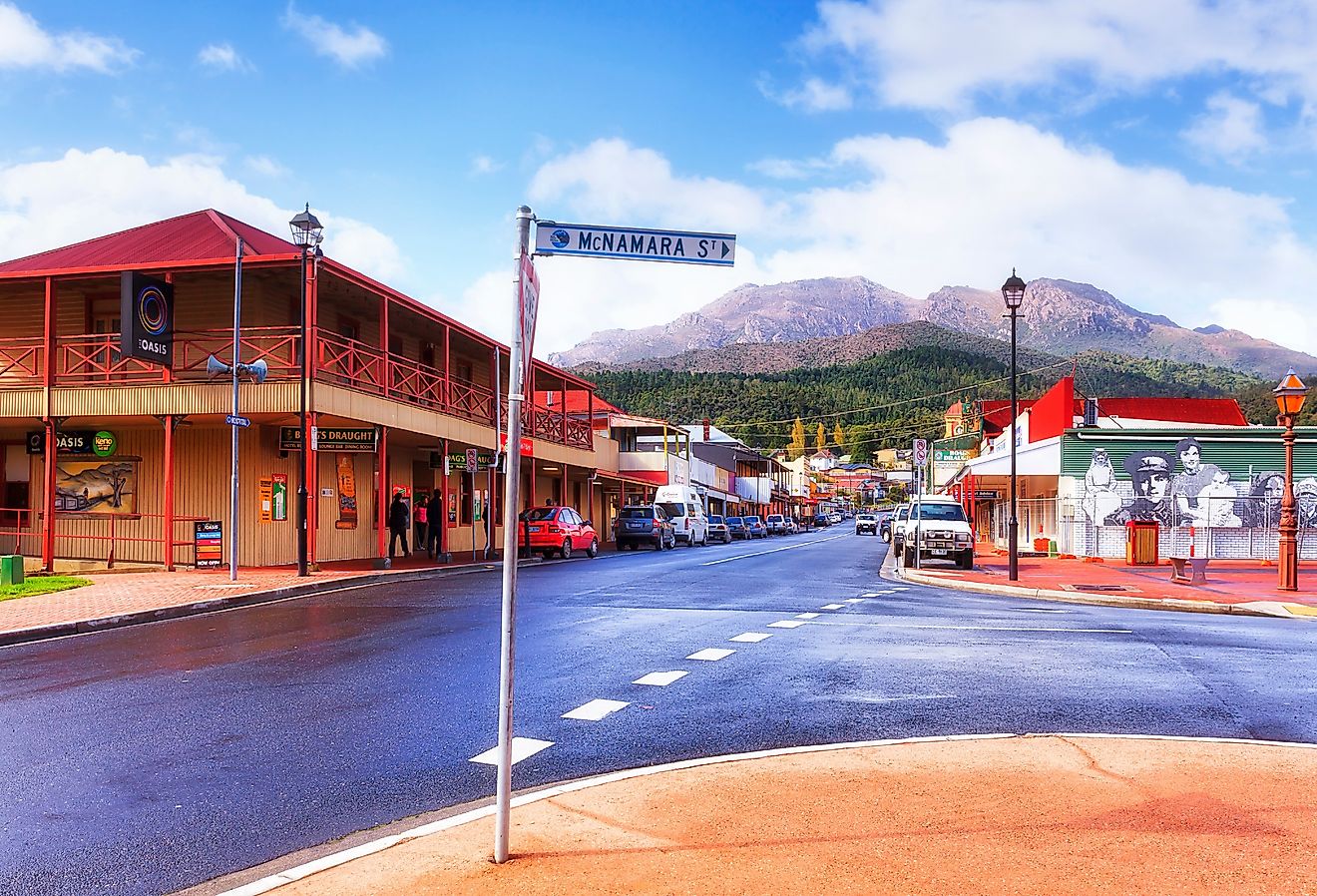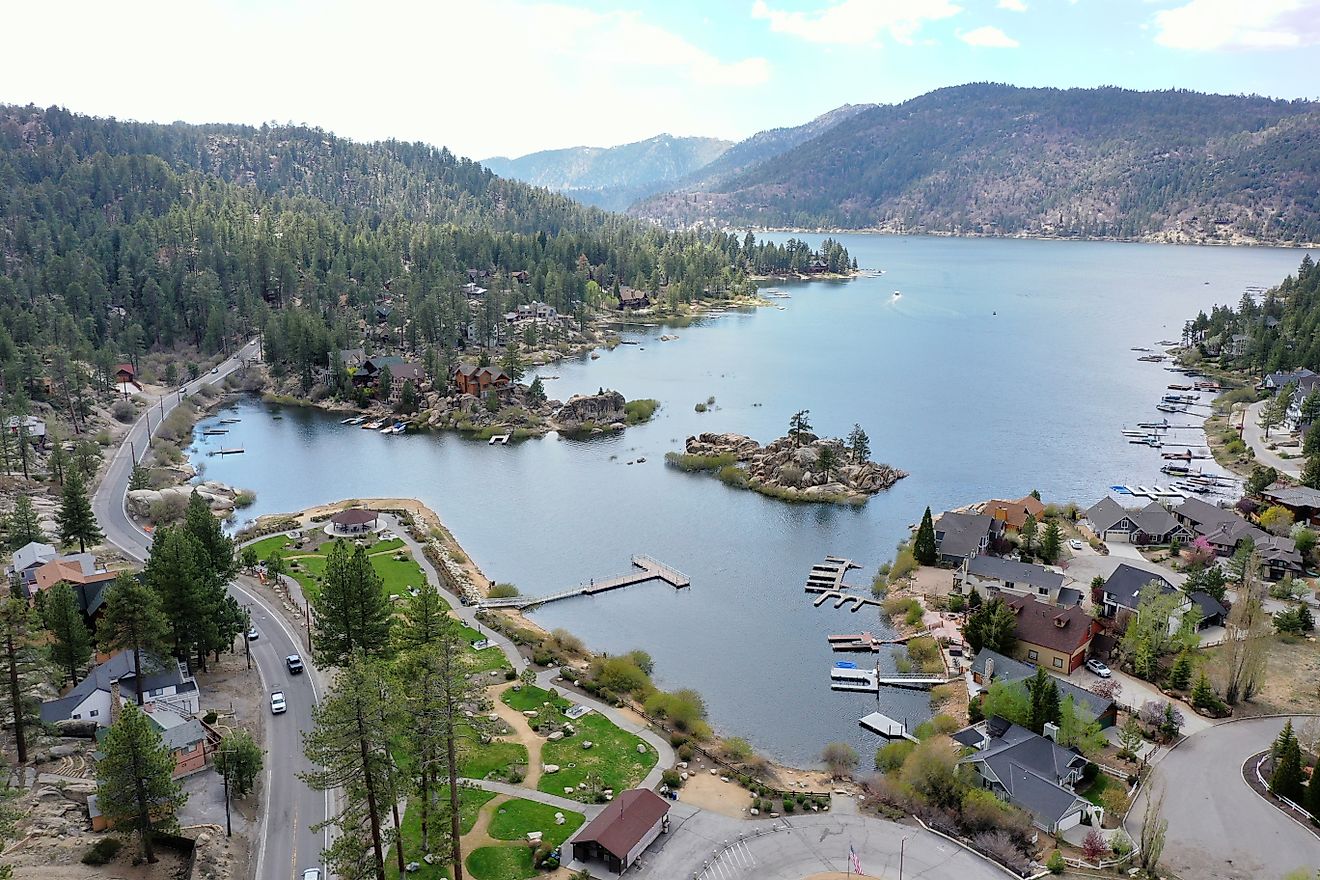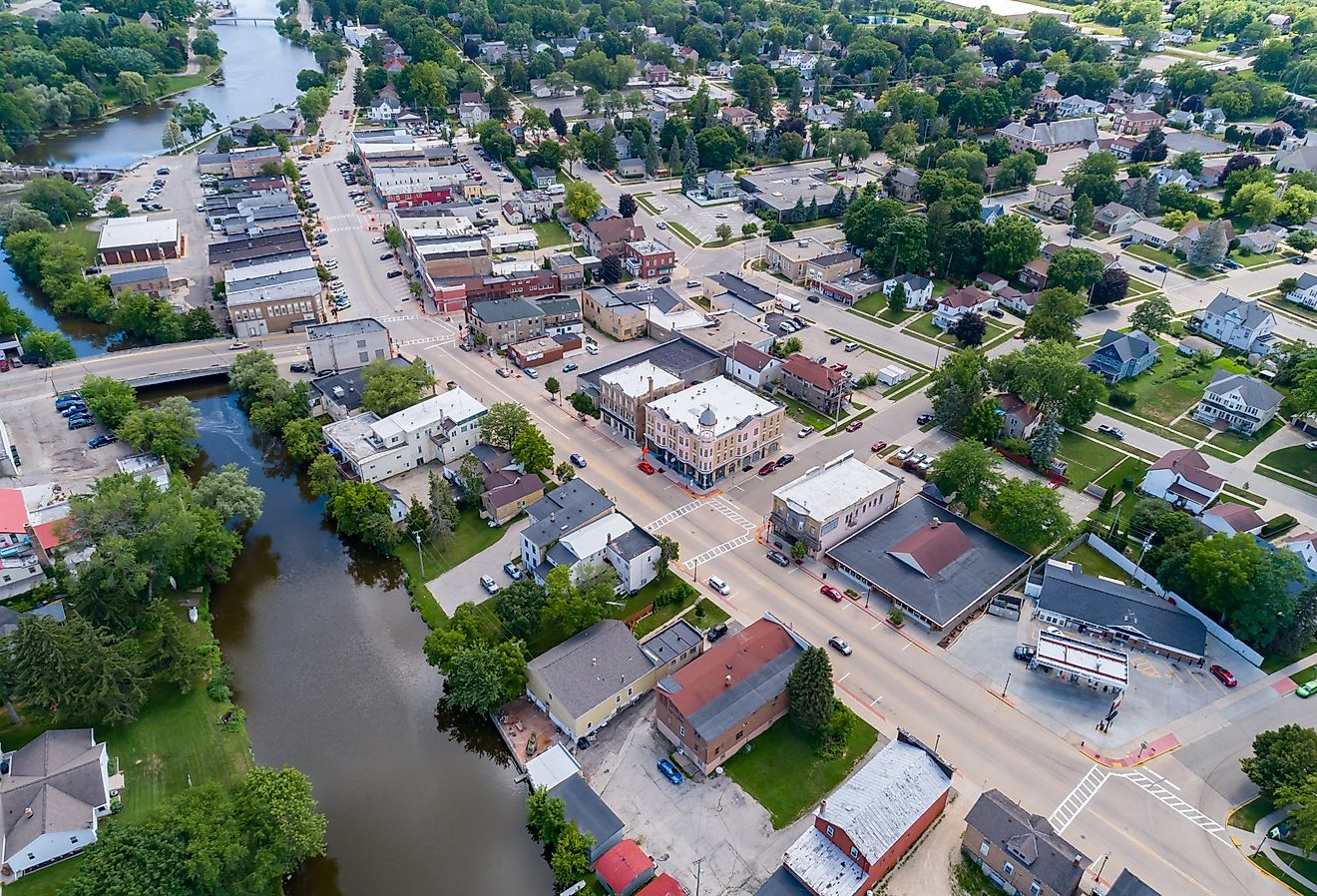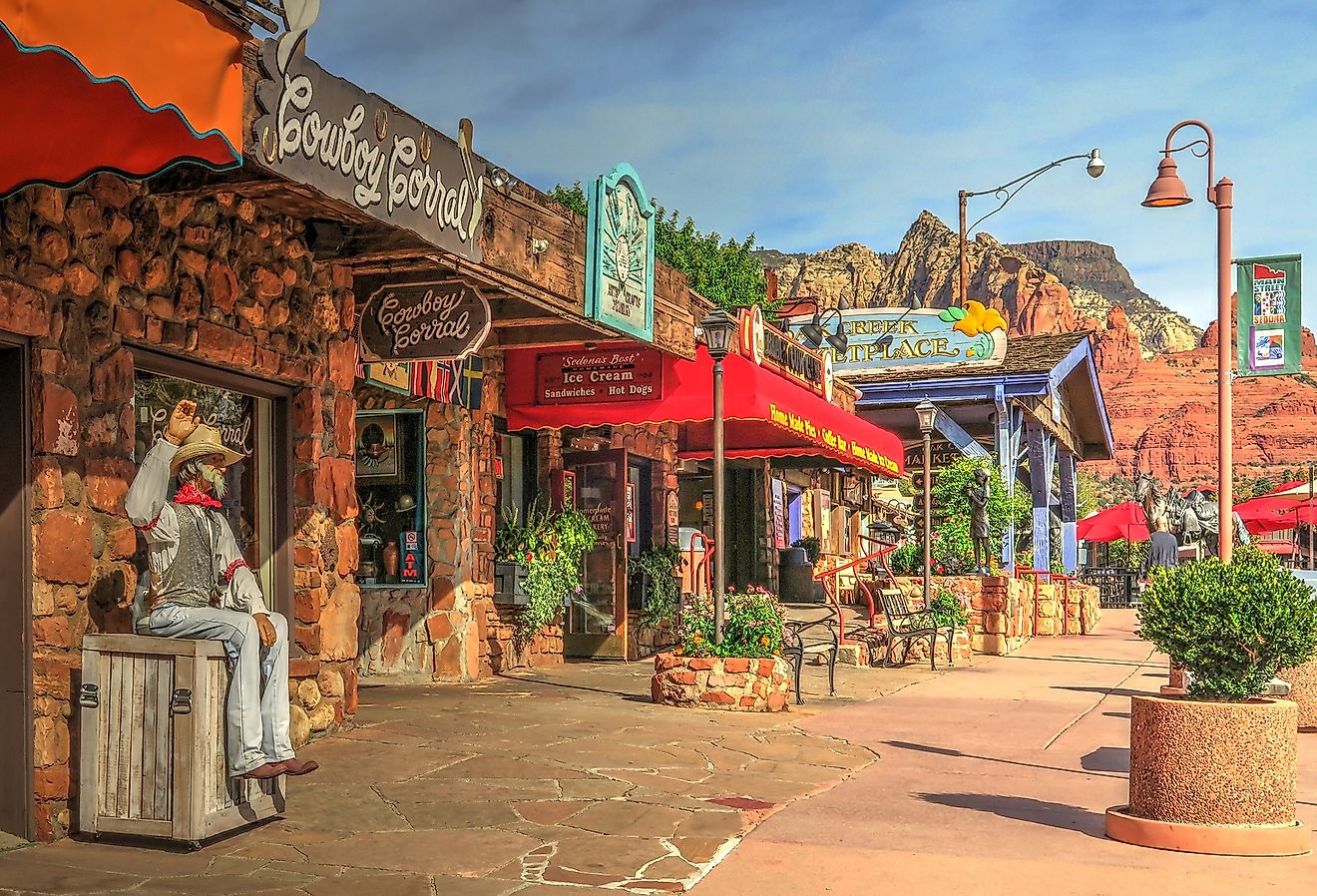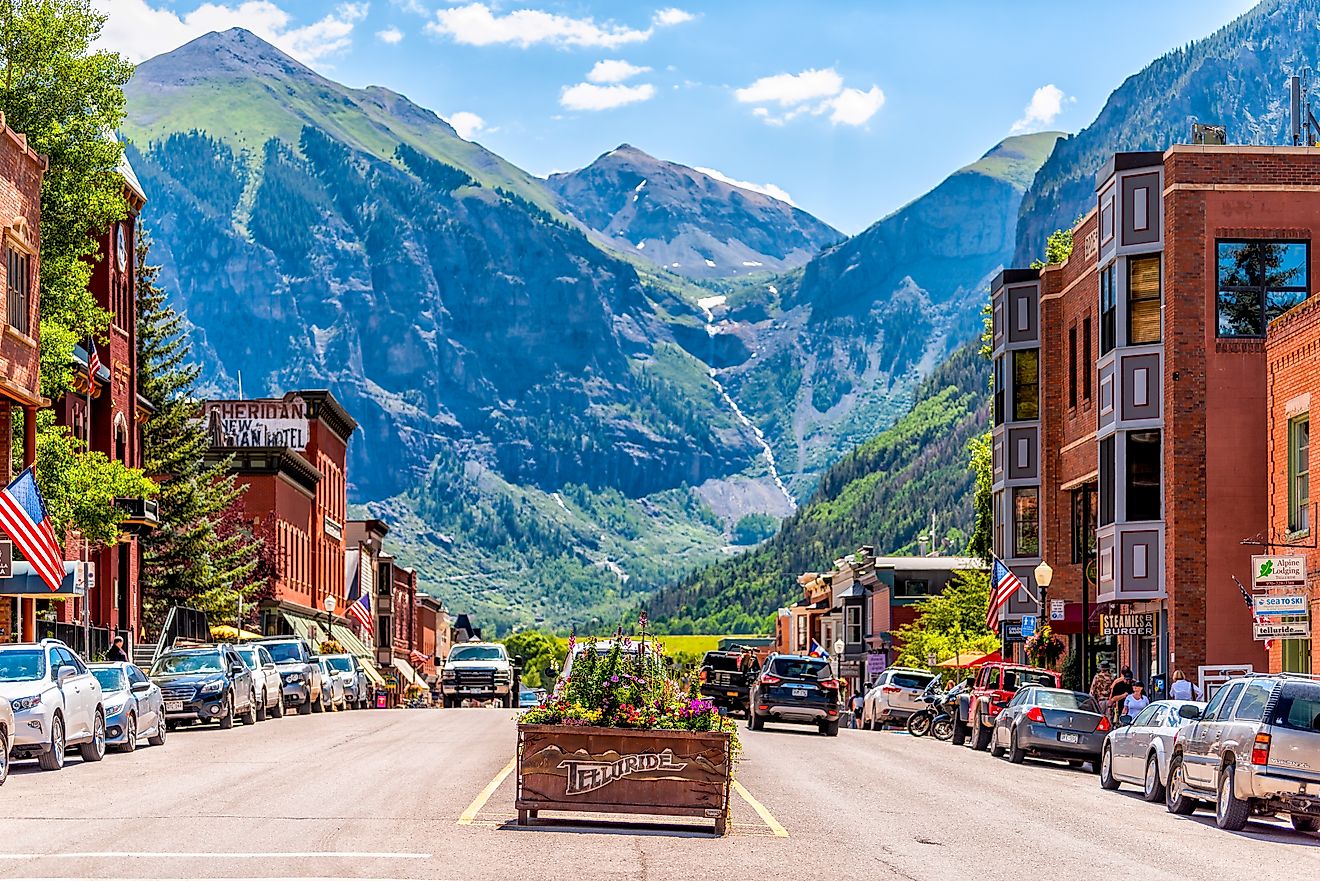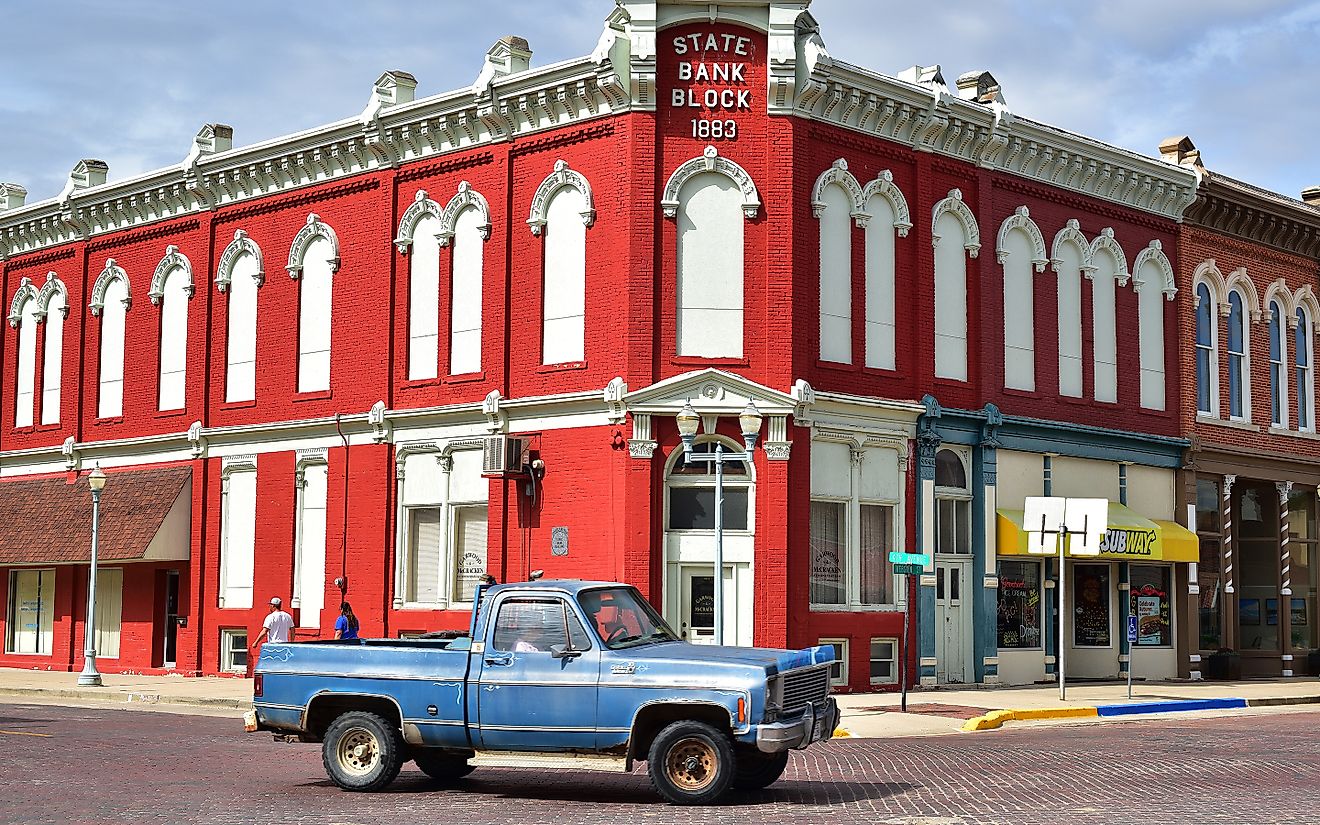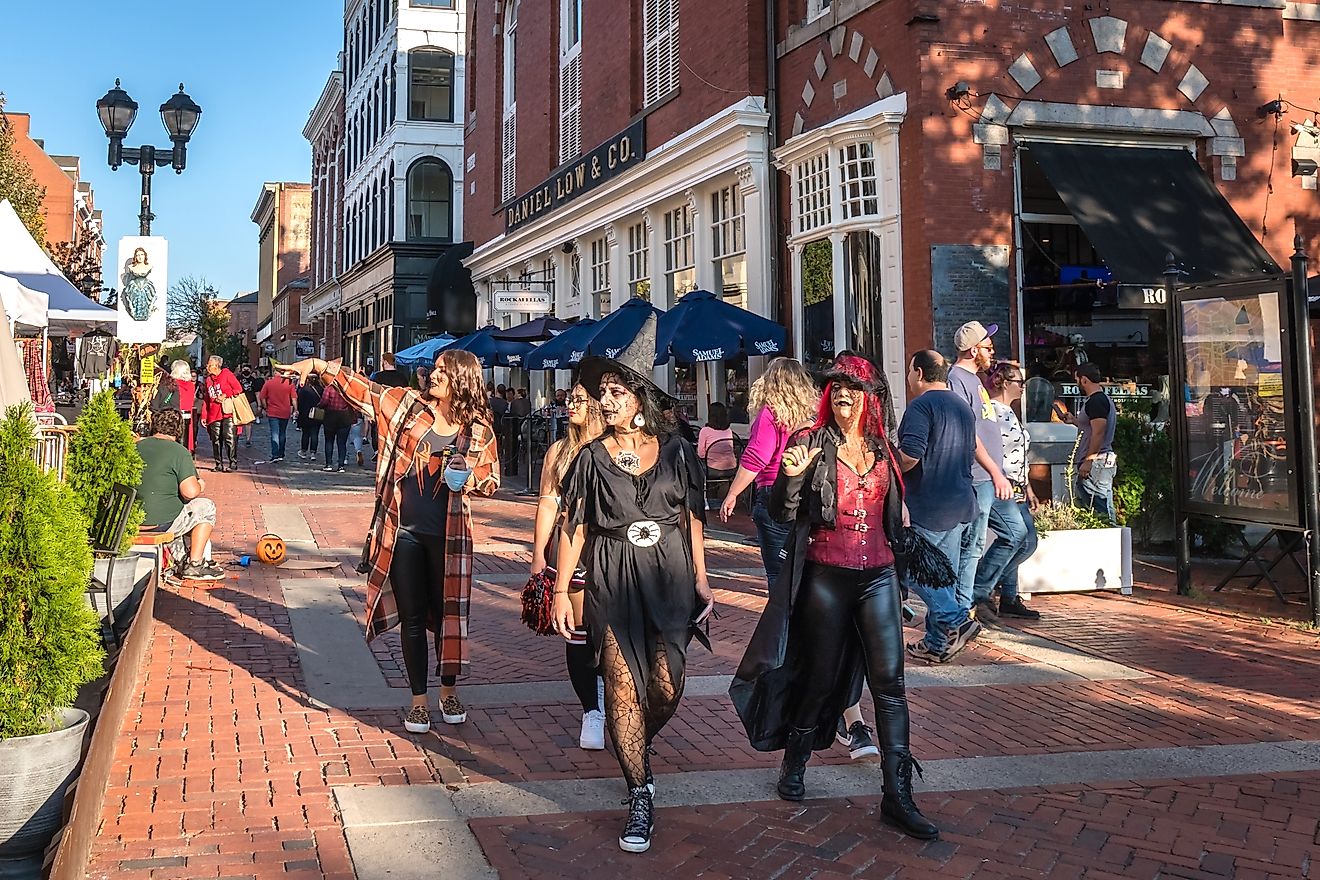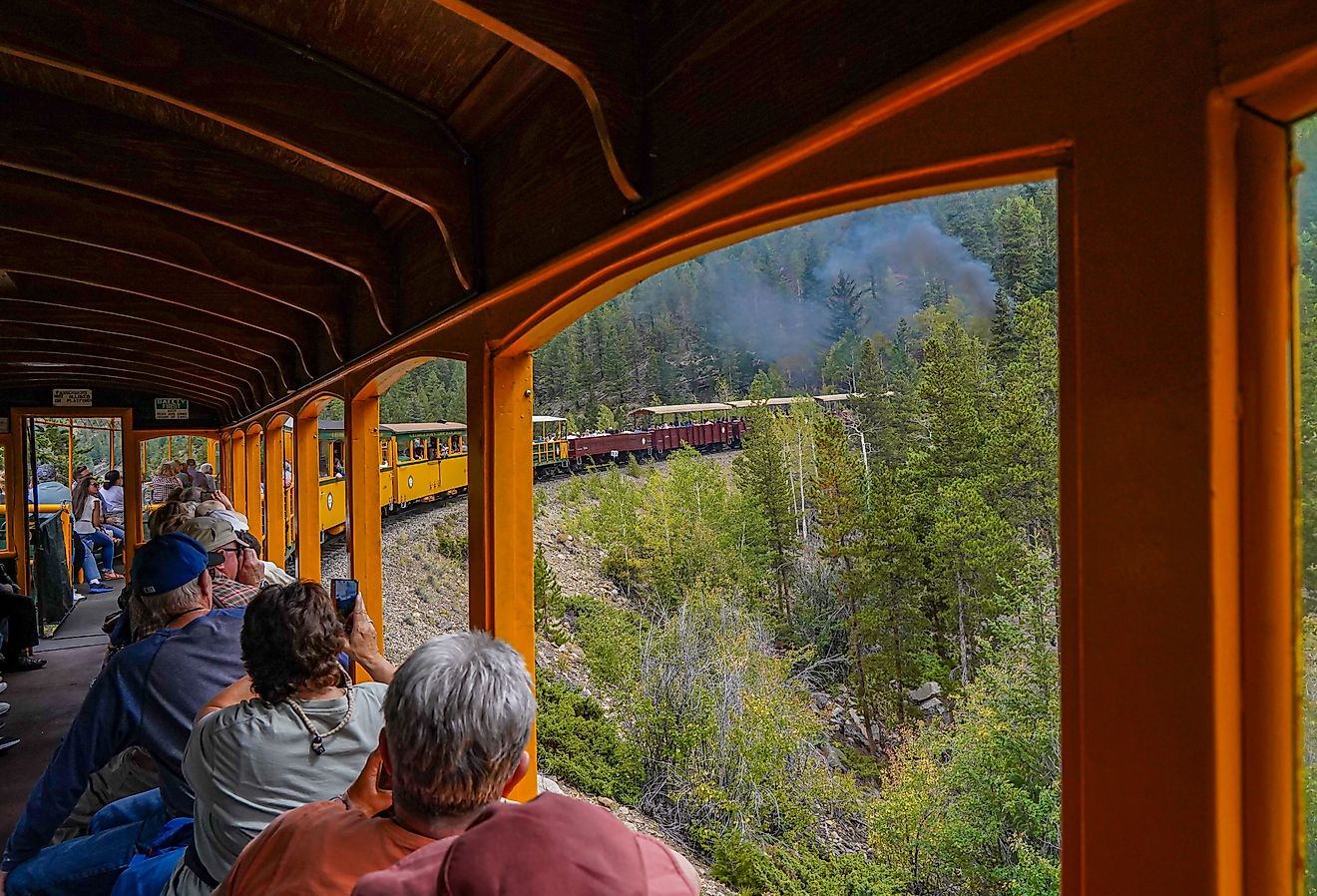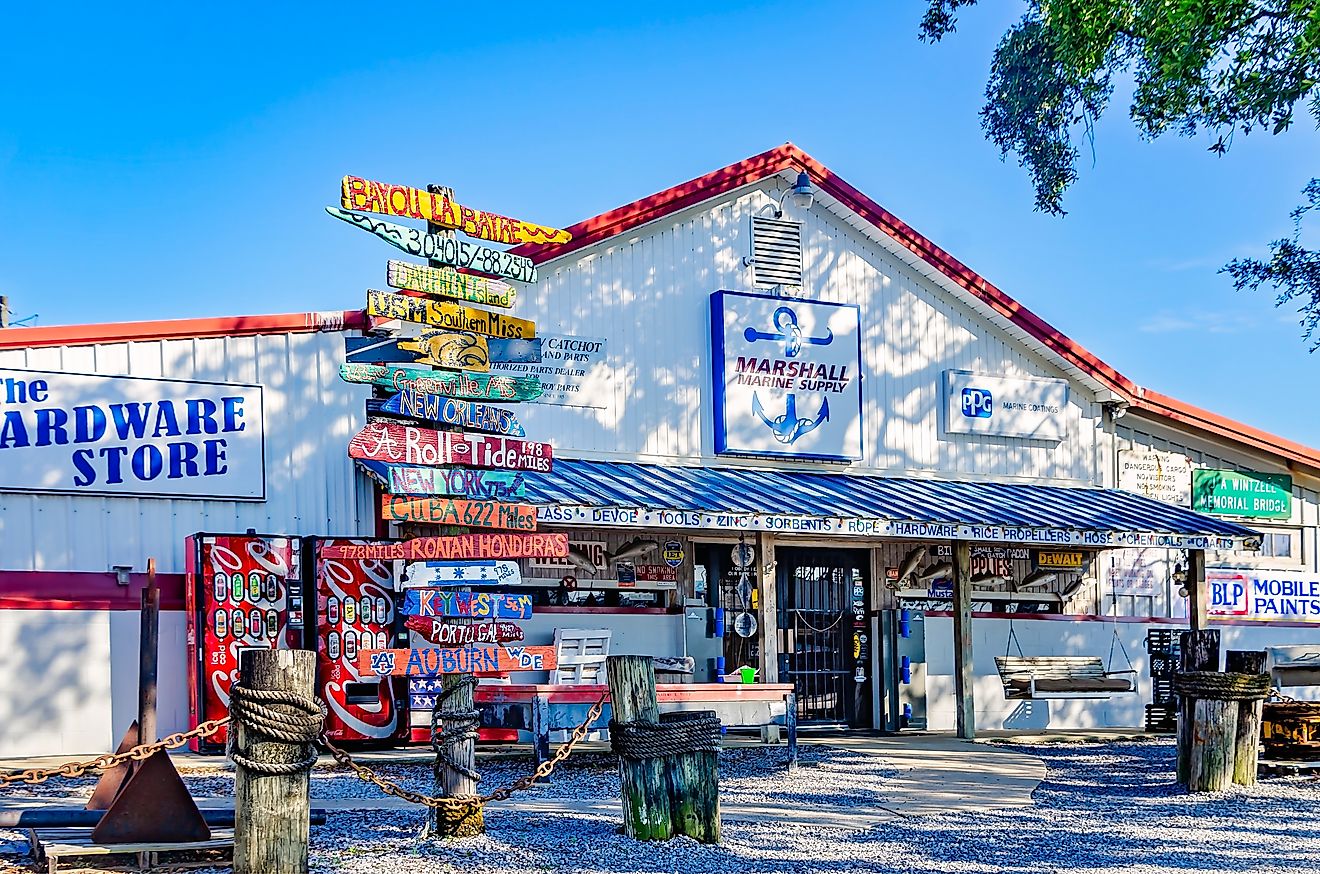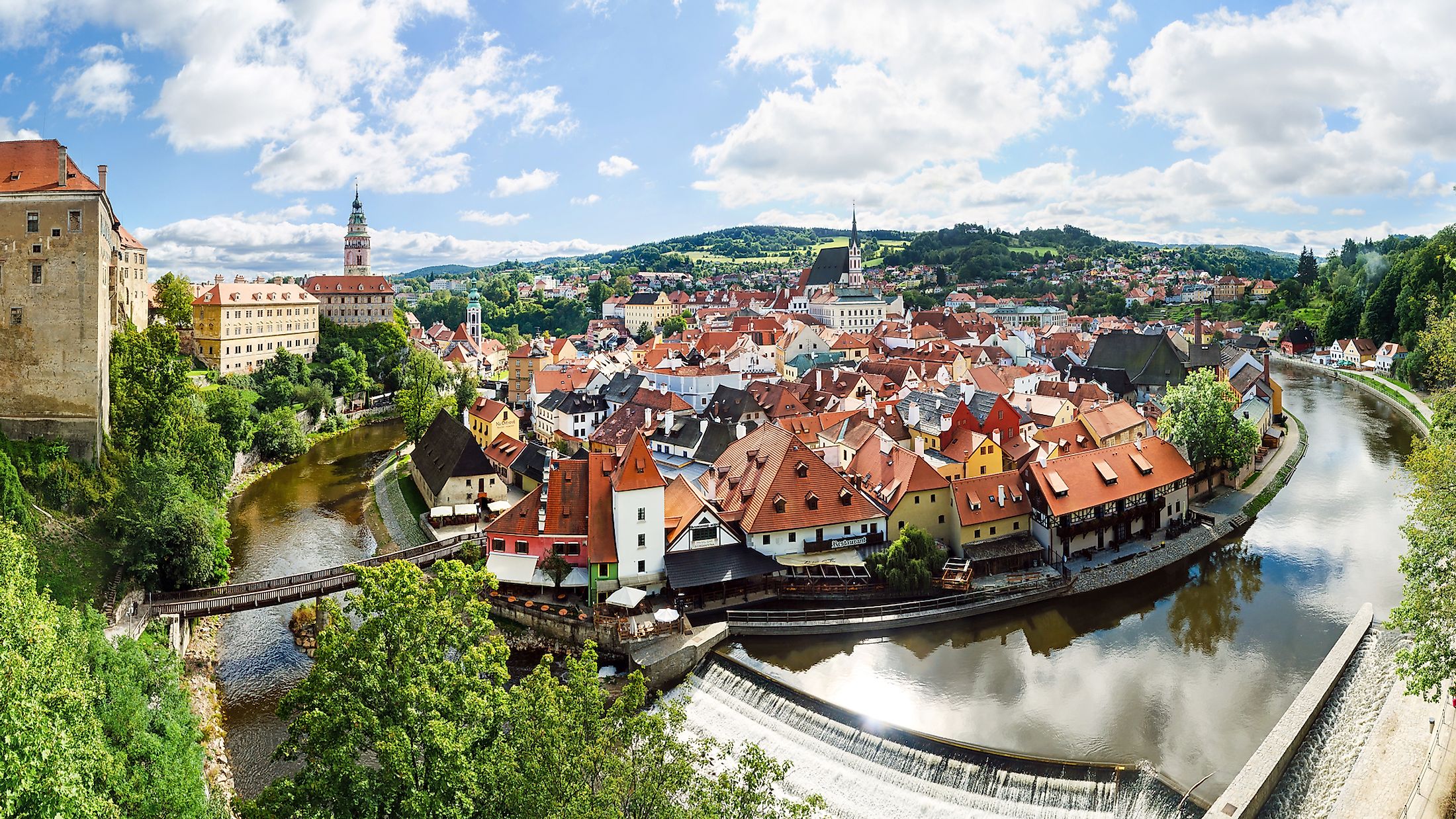
Český Krumlov, Czech Republic
Located in the Czech Republic's South Bohemian Region, the town of Český Krumlov is a charming town where visitors can experience history through the ages. Indeed, because of its well-preserved architecture from the Gothic, Renaissance, and Baroque periods, the United Nations has designated the city center as a UNESCO World Heritage Site. The Czech government, too, has protected the site under law naming it an urban monument reservation as part of that country's Cultural Monuments program. With a town population of 13,557, Český Krumlov enjoys centuries and generations of stories to tell, sure to enchant any visitors year-round.
Climate Of Český Krumlov
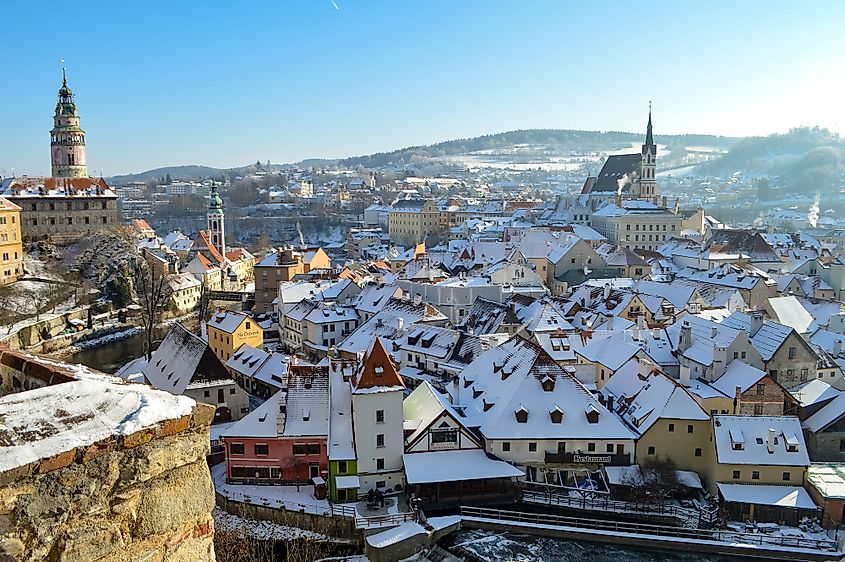
The best time to visit Český Krumlov is usually in the summer months of June to August, where average daily temperatures reach highs of 22 C (71 F). Though it is partly cloudy year-round, tourists can always expect sunshine, even in winter. The coldest month in Český Krumlov is January, with lows of -5 C (23 F) and a high of only 0 C (32 F), and light snow is often observed from November to March.The wet season typically ranges from May to September, with a greater than 28% chance of rainfall on any given day; June is the wettest month on the calendar with at least 12 days out of 30 with 1 millimeter of precipitation.
History Of Český Krumlov
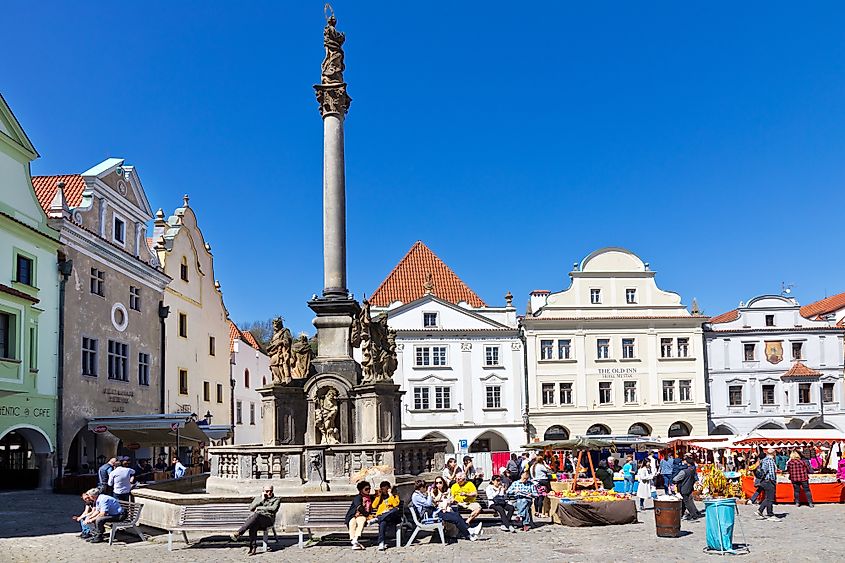
Český Krumlov's name can be traced to Middle High German and be translated as "Bohemian crooked meadow" due to its proximity to the banks of the Vltava River. The area has been constantly inhabited since settlements first began being documented. The first signs of humans on the site of the modern town go back to 70,000 BC. Through the Bronze and Iron Ages, settlements and trading posts continued to populate Český Krumlov, including Celtic ones around 400 BC.As the Slavic people began to develop, they too reached the area and have been noted to occupy it from approximately the 6th century AD.
But it was the construction of the famed Český Krumlov Castle around the year 1240 that triggered the growth of the modern town. Initially, the first permanent denizens were those who had some connection to the Castle, either as laborers or in an administrative capacity. Built by the Vitkovci noble family, the Castle was an anchor for the town's early presence, but slowly even those without direct connection to the fortress began to populate the town.
Through the centuries, the Castle's possession passed from various noble families, including the famed Rosenbergs who played an important role not only in the town's growth but also of the medieval Czech state. As promoters of crafts and trade, the town flourished as a center of economic activity, which was further boosted upon the discovery of gold in the 15th century.
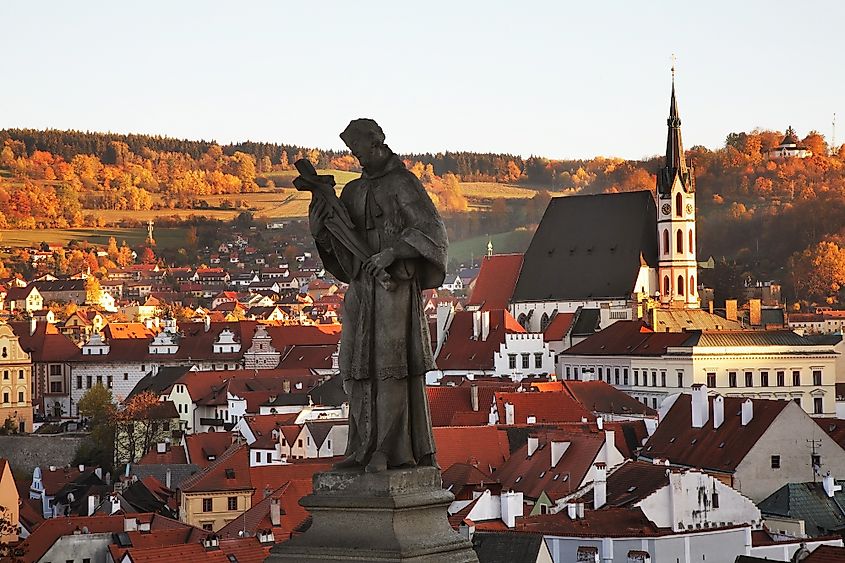
This discovery led to an influx of miners and their families, particularly German ones, which changed the ethnic makeup of the town. With this though, the Castle remained an important feature of Český Krumlov. It was now no longer the only economic and social driver of the town.In 1555 William of Rosenberg had the Castle modified and rebuilt in parts to that of the Renaissance style. Throughout the ensuing centuries, Český Krumlov continued its modest growth with the gold industry and the Castle upkeep dominating its municipal life. The town became a part of the newly created Czechoslovakia after World War I in 1918 and was part of the infamous Sudetenland that the Nazis annexed in 1938.
In the uneasy post-war period that saw Soviet domination of Eastern Europe, Czechoslovakia fell behind the notorious Iron Curtain; towns like Český Krumlov were neglected of funds and maintenance and fell into states of poverty and disrepair.With the fall of communism in the Revolutions of 1989, these important historical towns and centers have slowly seen a return of tourism and proper restoration; Český Krumlov is now amongst the most popular destinations in the Czech Republic and is 172 km (106 miles) south of the capital of Prague.
Attractions In Český Krumlov
The main tourist sight in Český Krumlov is undoubtedly the Castle, first constructed around 1240. Occupying a space of 7 hectares, it is amongst the largest such castles in Central Europe. The grounds of the Castle consist of some forty different smaller buildings, each with a unique castle court and a central castle park.
Beginning in the late 16th century, the Castle has undergone a series of repairs and updates which reflect the respective periods. Hence, while the original structure dates from Medieval times, numerous parts of the building today indicate Renaissance and Baroque architecture and art.Amidst the many buildings to explore, a visitor favorite is the Castle's Baroque Theatre, built in the 1680s and then renovated in the 1760s. Locals and tourists alike can enjoy a unique performance on the stage performed only three times a year. A different Baroque-era opera is staged, giving audiences a unique historical experience!
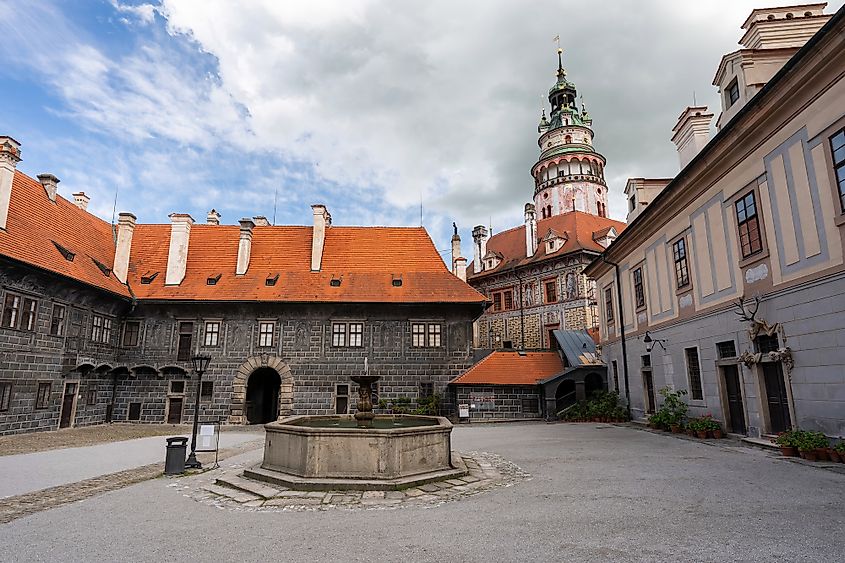
But beyond the Castle, tourists to Český Krumlov can expect to find a variety of festivals and other important cultural activities and sites. The Five Petalled Rose Festival is a perennially favorite festival when the downtown area is transformed into a medieval scene complete with locals in costume and strolling artists, musicians, and artisans. During the day, visitors can watch jousting re-enactments or enjoy traditional Czech folk music and dancing and end their night with a glowing fireworks display.
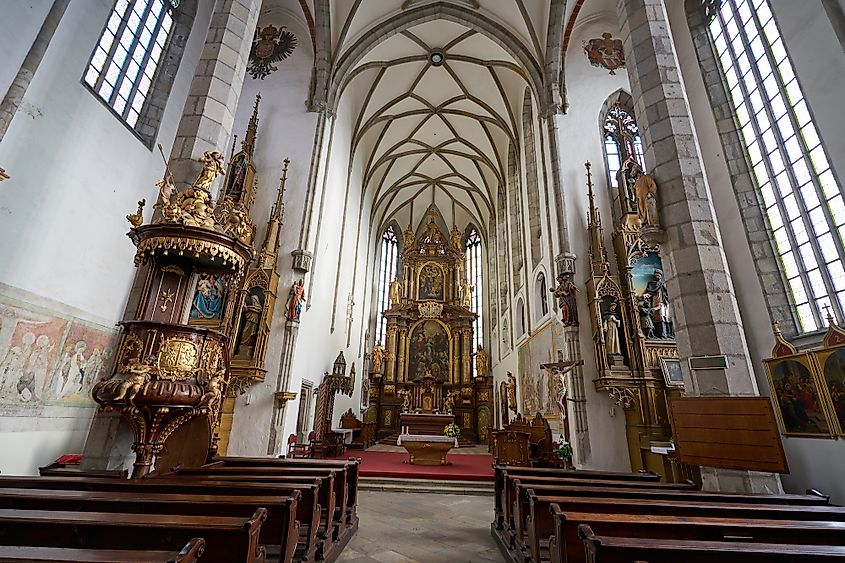
The International Music Festival of Český Krumlov is an annual summer staple that lasts for July and August. A must-see event for any music lover, the festival features international music and dance in various genres from folk, blues, and even rock.As a whole, the historic town center (including the Castle grounds) has been named a World Heritage Site by the United Nations. Visitors can stop in Svornosti Square and marvel at the Town Hall built in 1597 before embarking on a stroll of the local streets reflecting three centuries of history and architecture, from the Middle Ages to the Baroque era. Along the way, tourists may visit many important church buildings, including the 15th century Church of Saint Vitus. Within the Castle, walls are a series of small museums dedicated to some aspect of Castle work and life, including the Museums of Torture Law and the Wax Figures Museum.
A unique and charming town, Český Krumlov can proudly say it is a living museum of Czech and European history. Capturing several centuries' worth of history, architecture, and arts, any visitor to the town will surely be walking into a place of wonder. The town, anchored around its famed Castle, offers its inhabitants and tourists a cross-section of bygone times, all with the charm and beauty of the Czech Republic around it.
